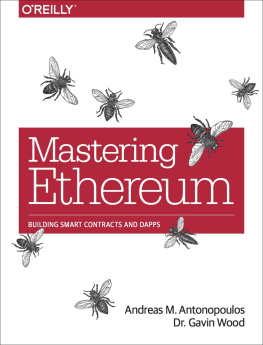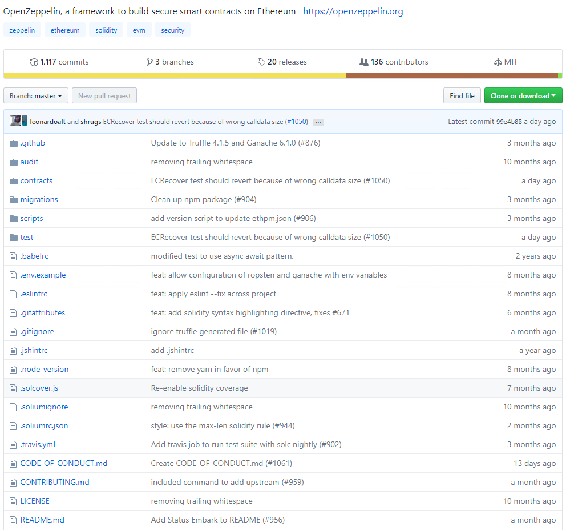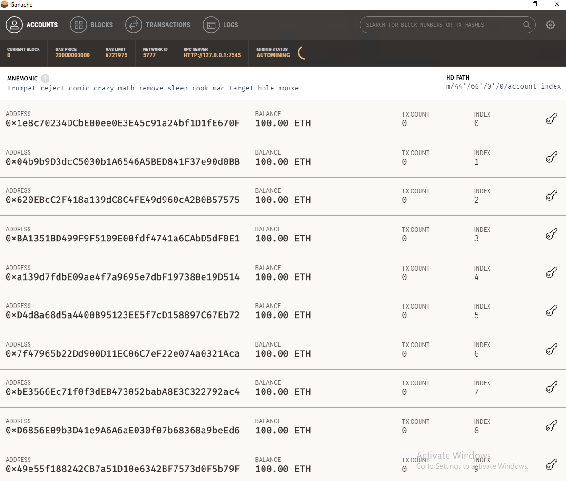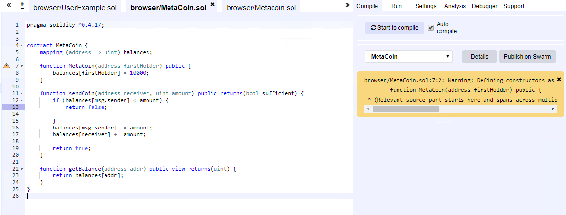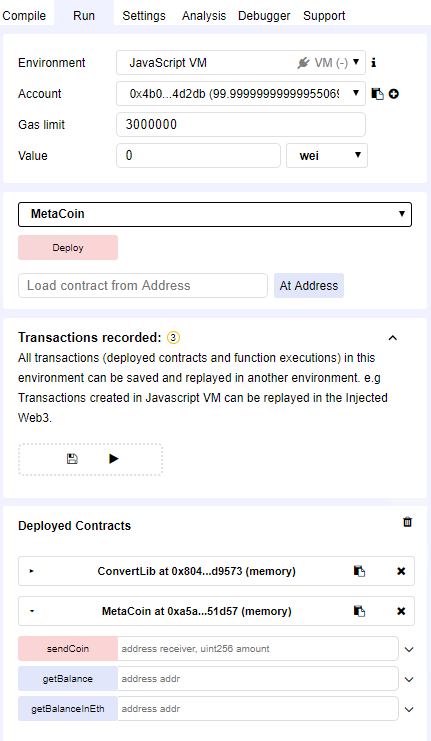Kenny Vaneetvelde [Kenny Vaneetvelde] - Ethereum Projects for Beginners
Here you can read online Kenny Vaneetvelde [Kenny Vaneetvelde] - Ethereum Projects for Beginners full text of the book (entire story) in english for free. Download pdf and epub, get meaning, cover and reviews about this ebook. year: 2018, publisher: Packt Publishing, genre: Computer. Description of the work, (preface) as well as reviews are available. Best literature library LitArk.com created for fans of good reading and offers a wide selection of genres:
Romance novel
Science fiction
Adventure
Detective
Science
History
Home and family
Prose
Art
Politics
Computer
Non-fiction
Religion
Business
Children
Humor
Choose a favorite category and find really read worthwhile books. Enjoy immersion in the world of imagination, feel the emotions of the characters or learn something new for yourself, make an fascinating discovery.
- Book:Ethereum Projects for Beginners
- Author:
- Publisher:Packt Publishing
- Genre:
- Year:2018
- Rating:5 / 5
- Favourites:Add to favourites
- Your mark:
Ethereum Projects for Beginners: summary, description and annotation
We offer to read an annotation, description, summary or preface (depends on what the author of the book "Ethereum Projects for Beginners" wrote himself). If you haven't found the necessary information about the book — write in the comments, we will try to find it.
Understand the Ethereum platform to build distributed applications that are secured and decentralized using blockchain technology
Key Features- Build your own decentralized applications using real-world blockchain examples
- Implement Ethereum for building smart contracts and cryptocurrency applications with easy-to-follow projects
- Enhance your application security with blockchain
Ethereum enables the development of efficient, smart contracts that contain code. These smart contracts can interact with other smart contracts to make decisions, store data, and send Ether to others.Ethereum Projects for Beginners provides you with a clear introduction to creating cryptocurrencies, smart contracts, and decentralized applications. As you make your way through the book, youll get to grips with detailed step-by-step processes to build advanced Ethereum projects. Each project will teach you enough about Ethereum to be productive right away. You will learn how tokenization works, think in a decentralized way, and build blockchain-based distributed computing systems. Towards the end of the book, you will develop interesting Ethereum projects such as creating wallets and secure data sharing.By the end of this book, you will be able to tackle blockchain challenges by implementing end-to-end projects using the full power of the Ethereum blockchain.
What you will learn- Develop your ideas fast and efficiently using the Ethereum blockchain
- Make writing and deploying smart contracts easy and manageable
- Work with private data in blockchain applications
- Handle large files in blockchain applications
- Ensure your decentralized applications are safe
- Explore how Ethereum development frameworks work
- Create your own cryptocurrency or token on the Ethereum blockchain
- Make sure your cryptocurrency is ERC20-compliant to launch an ICO
This book is for individuals who want to build decentralized applications using blockchain technology and the power of Ethereum from scratch. Some prior knowledge of JavaScript is required, since most examples use a web frontend.
Downloading the example code for this book You can download the example code files for all Packt books you have purchased from your account at http://www.PacktPub.com. If you purchased this book elsewhere, you can visit http://www.PacktPub.com/support and register to have the files e-mailed directly to you.
Kenny Vaneetvelde [Kenny Vaneetvelde]: author's other books
Who wrote Ethereum Projects for Beginners? Find out the surname, the name of the author of the book and a list of all author's works by series.

![Kenny Vaneetvelde [Kenny Vaneetvelde] Ethereum Projects for Beginners](/uploads/posts/book/119688/thumbs/kenny-vaneetvelde-kenny-vaneetvelde-ethereum.jpg)


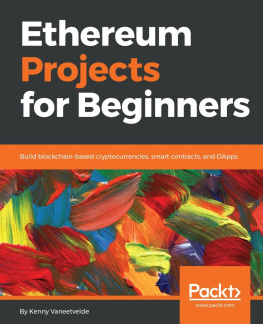
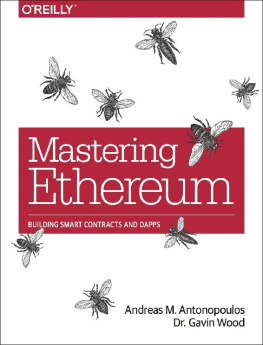
![Manoj P R [Manoj P R] - Ethereum Cookbook](/uploads/posts/book/119692/thumbs/manoj-p-r-manoj-p-r-ethereum-cookbook.jpg)
